How to remove the Create Order button from customer admin form in Magento 2
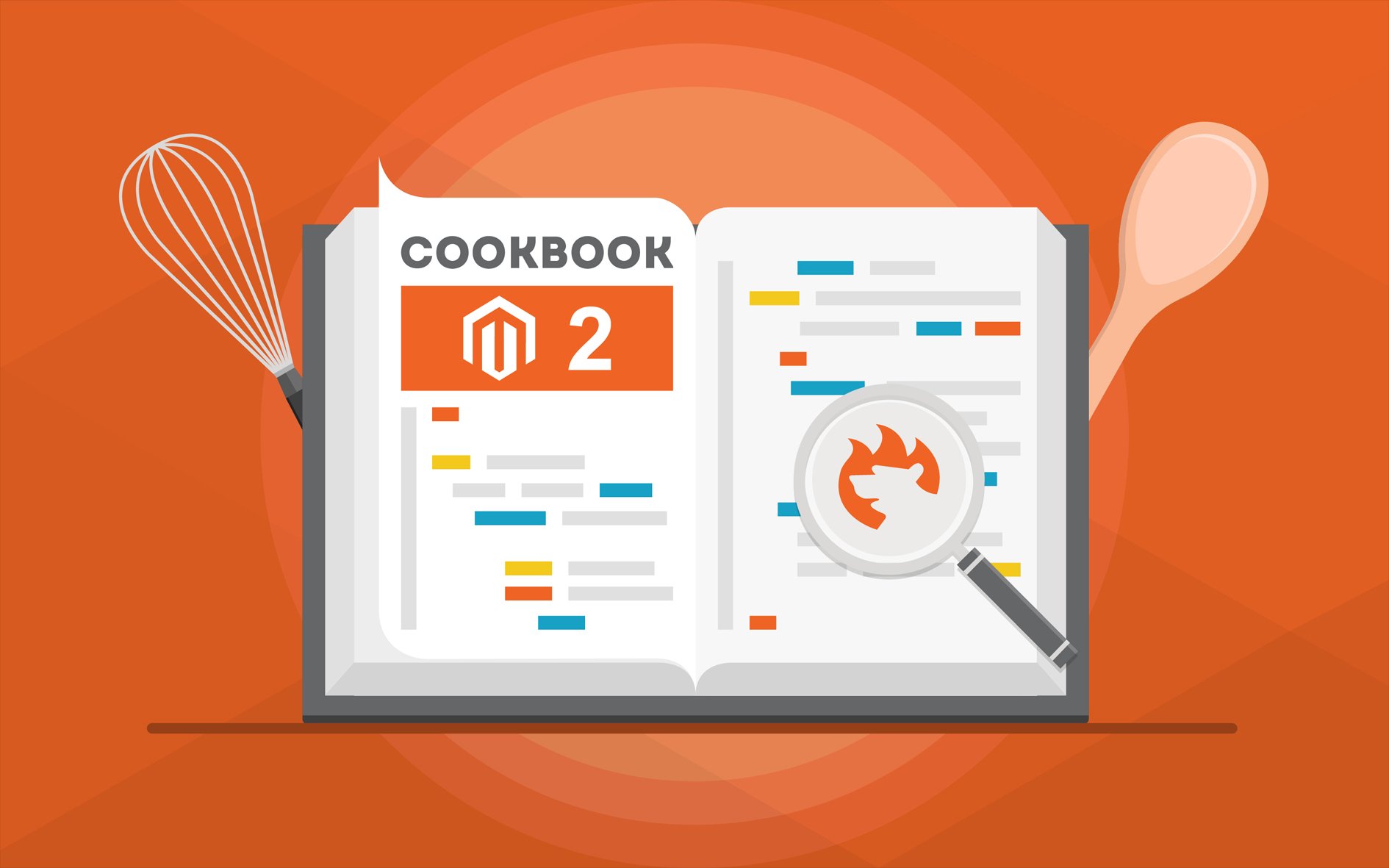
In Magento 2, there is an app/code/Magento/Customer/view/base/ui_component/customer_form.xml file with array of buttons. Create Order Button is also there: Continue Reading


In Magento 2, there is an app/code/Magento/Customer/view/base/ui_component/customer_form.xml file with array of buttons. Create Order Button is also there: Continue Reading

In Magento 2, do not modify CSS files within pub/* or vendor/* directories, because pub is for deployment and vendor is for default structure. Instead: Continue Reading

system.xml saved config validation in Magento 2 is possible via attaching a backend model to the field and validating the value server side. Continue Reading

To create customer groups programmatically in Magento 2, use $group->save() on the model returned by the GroupFactory: Continue Reading
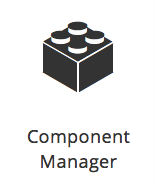
We’ve recently covered such important topic as Magento 2 components, so it’s time to shed light on the Magento 2 Component Manager. Below, you will find a brief description of this solution, which is available in Magento 2 after you install the Magento application. The purpose of the component manager is simple – it helps to keep all modules, themes, language packages (Magento 2 components) up to date. Continue Reading
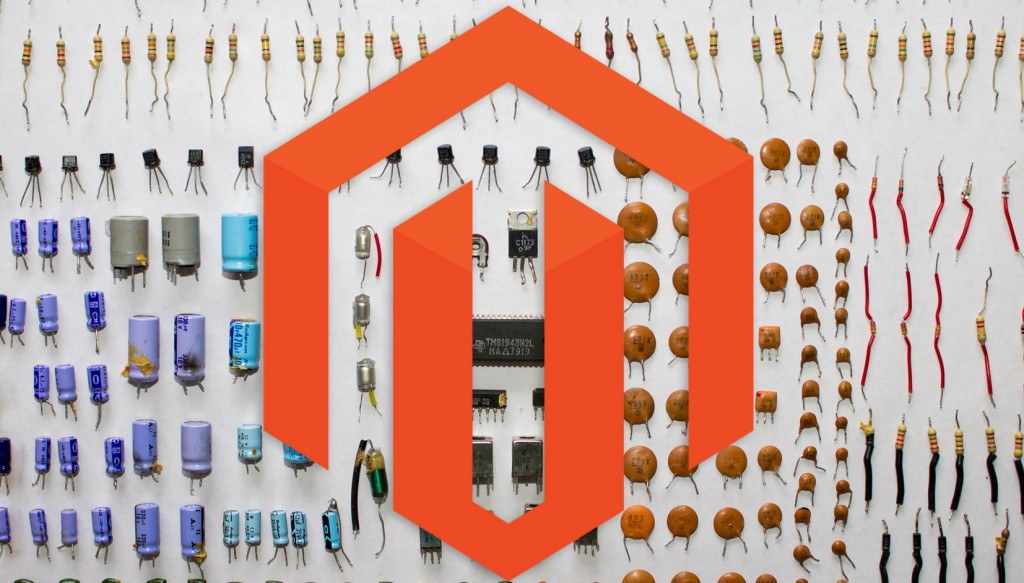
Below, you will find a post about the definition, installation, and structure of Magento 2 components. If you are new to the platform, the following information will help you get a deeper insight into Magento 2. If you do not understand the difference between modules and components or have no ideas about the Magento 2 component structure, then you’ve come to the right place.
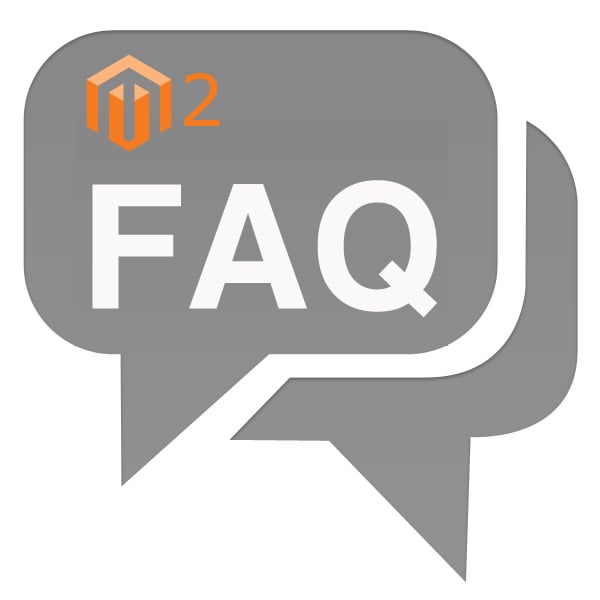
Below, you will find the Magento 2 FAQ with the most important questions and answers from the Magento 2.0 Developer Webinar. Core aspects of the platform, innovative features, dramatic improvements and changes are described below. Continue Reading
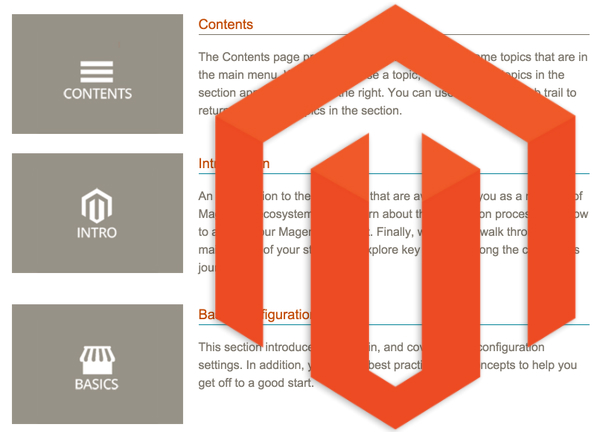
In this post we will show you where to find the official Magento 2 User Guide as well as provide links to our own articles, which are helpful if you are trying to master the new version of the platform. Let’s start with the Magento 2 Community Edition documentation. Continue Reading
 The speed of your Magento store is one of the key aspects of your success in an online business. This feature of every e-commerce store is taken into account by every search engine and has a significant influence on rankings. As a result, fast sites have the advantage over slower ones. That’s why the performance of your Magento store is really crucial.
The speed of your Magento store is one of the key aspects of your success in an online business. This feature of every e-commerce store is taken into account by every search engine and has a significant influence on rankings. As a result, fast sites have the advantage over slower ones. That’s why the performance of your Magento store is really crucial.
To improve your website speed and a page load time you can use one of Full Page Cache Magento Extensions. All the modules from this group rely on the same principle. When a visitor is on a page of your store for the first time, Magento automatically generates and delivers this page to the visitor. The copy of this page is saved to the cache. Eventually, all the pages of your store have cached copies, and the system use them instead of generating new pages from scratch. As a result you get a reduced database and server load and significantly decreased page load time. Next, you will find the list of the best Magento full page cache extensions. There are both free and paid solutions in our post. All the Magento FPC modules have the same goal, but slightly different features.
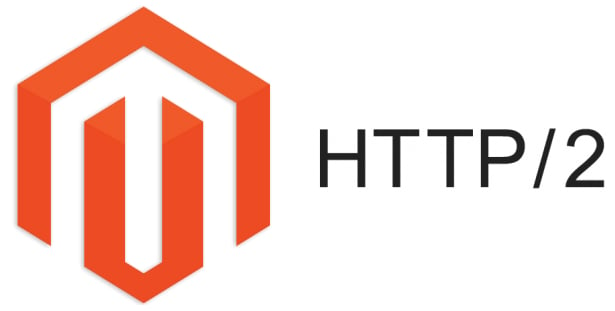
Being the second key version of the popular network protocol, HTTP/2 is its first update since 1.1 standardized in 1997. Although you might have thought it is a total rewrite of the protocol, the focus of HTTP/2 is on improvements related to performance: its goal is to reduce latency experienced by end users as well as resource consumption, while familiar methods, codes, and semantics remain the same. Moreover, HTTP/2 provides the ability to utilize familiar APIs for the protocol representation. Now, most major browsers as well as 2.3% of the top 10 million sites support HTTP/2. As for Magento, you can implement HTTP/2 benefits within the platform with CloudFlare. Below, we will show, how to achieve this goal, but let’s find out major goals and key features of HTTP/2 first. Continue Reading